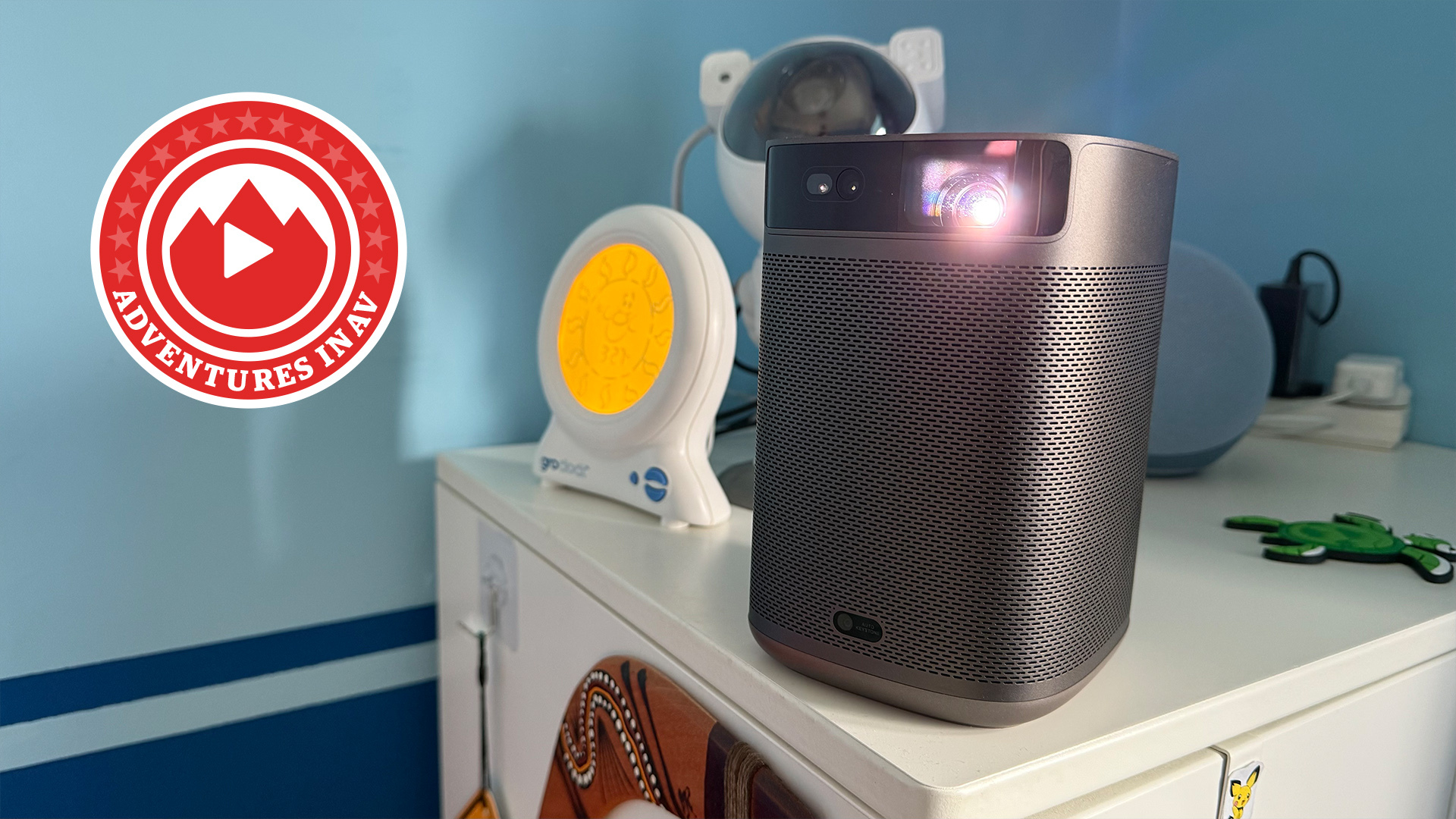How to get the best sound from your CD player
Spin like you've never spun before with these handy tips on how to make the most of your silver discs
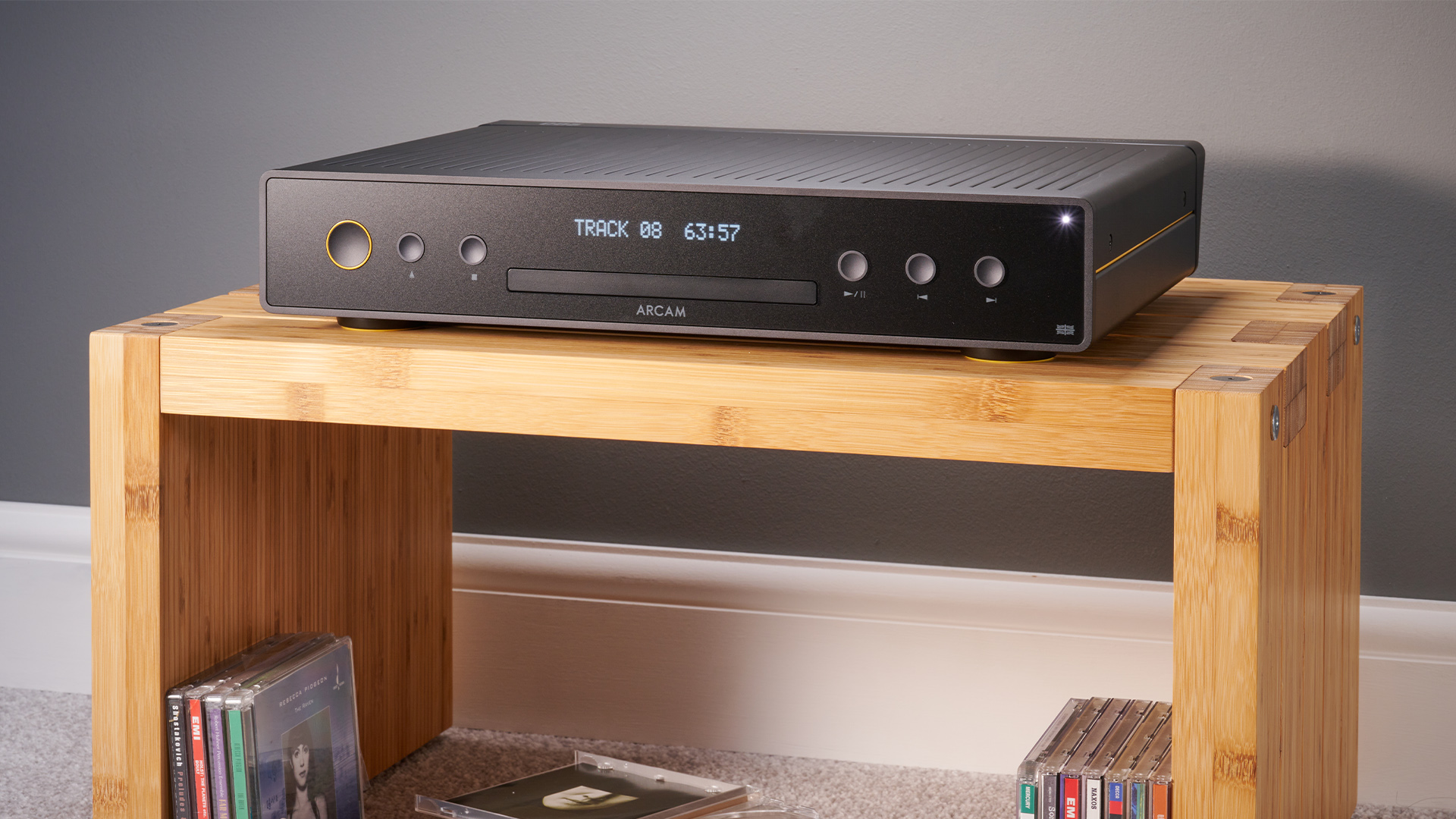
We've all heard of the vinyl revival, but what about CDs? Well, they're enjoying a bit of a resurgence too, according to sales figures. We can see why. While they don't offer the full gatefold experience of vinyl, CDs offer a sense of physical ownership that you don't get with digital music. And CD players continue to impress – just check out the winner of our recent Temptation Award (or the also Award-winning pair of Marantz CD6007 and Cyrus CDi, for something more affordable).
But you don't have to buy a standalone player – many all-in-ones are getting CD players built-in alongside their streaming smarts, like the Technics SL-G7000M2, Technics SA-C600 and Audiolab Omnia.
So how do you make sure you're getting the best from your CD player?
We're here to help. We'll show you things to consider before you buy, as well as tips on settings, placement and maintenance. Still running your original CD player from days gone by? This guide's for you too.
And remember to look after your discs. They may not be as sensitive to surface scratches as vinyl, but CDs will of course sound better if they're kept in good nick. So handle with care, and always put the disc back in its case rather than leaving it loose to act as a coaster at your next party.
Before you buy
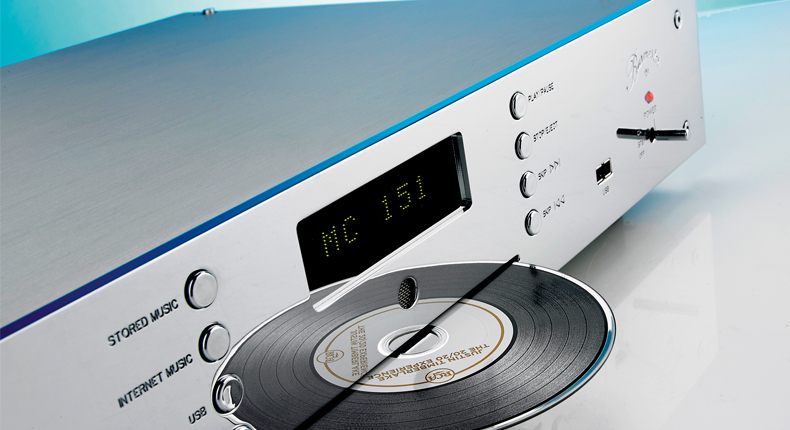
If you’re upgrading or changing your player, it pays to buy the best you can afford. After all, if the maximum information isn't being retrieved from the disc, it's impossible to replace the lost data further down the playback chain. Spending extra money will usually buy you a better build and improved sound quality.
If you’re buying a new player, consider going for one with digital inputs. These will open up use with other digital sources – a computer, set-top box or DAB radio, for example – and will give you improved performance across all feeds thanks to the (hopefully) higher quality digital-to-analogue (DAC) circuitry. Because let’s face it – a dedicated audio source is likely to have lavished more care on its DAC circuitry than any of the product types mentioned above.
- Best CD players: CD players for every budget
- Best DACs: USB, portable and desktop DACs
Give your CD player some solid support
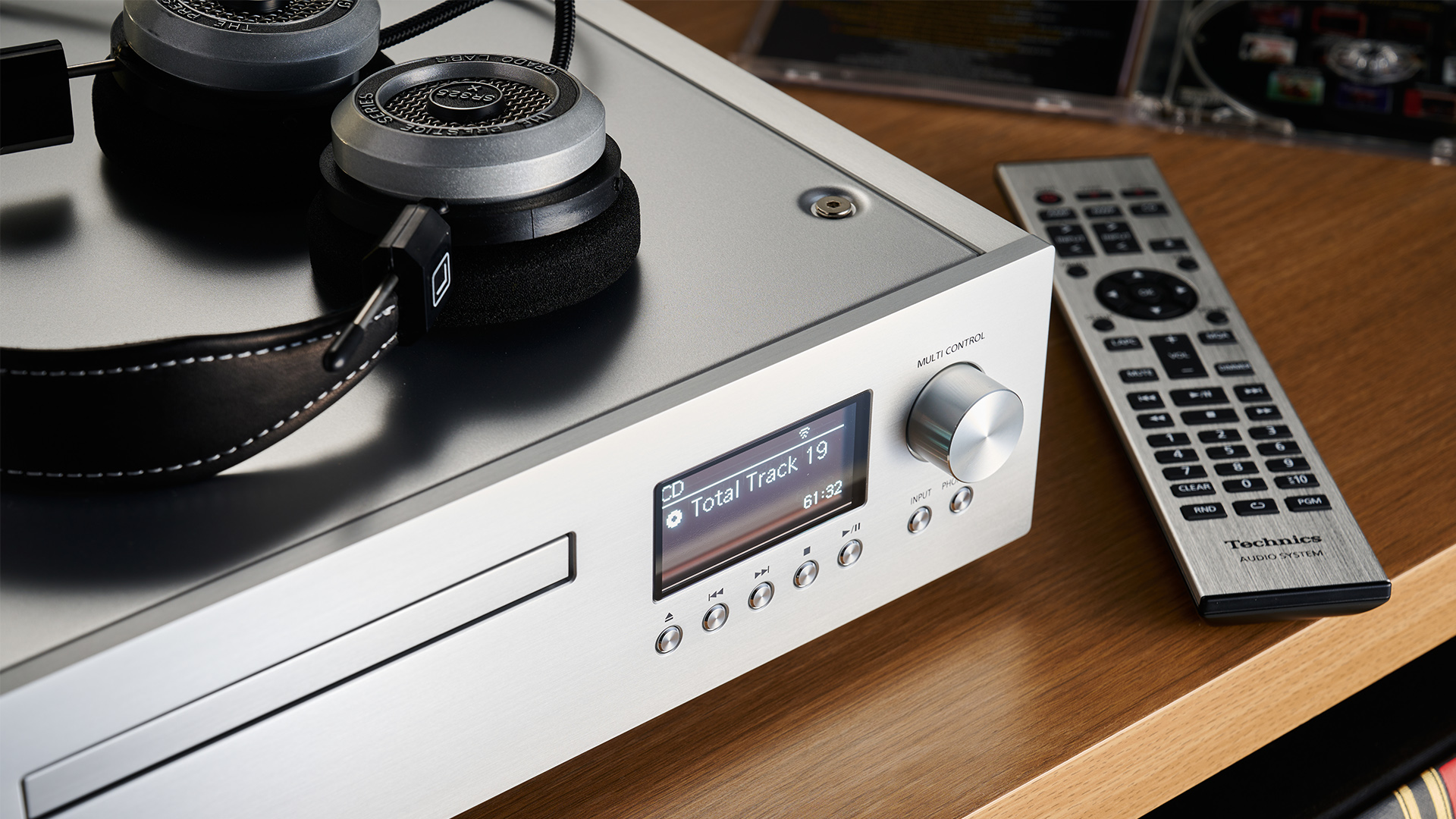
First things first: make sure you install your player on a proper support to minimise the amount of vibration it has to cope with. Ideally, this would be in the form of an equipment rack. The perfect platform will be rigid, level and low-resonance.
While CD players don't show up the effects of vibrations as obviously as, say, turntables, simple things like footfall or even the sound from your speakers, especially at loud volumes, can make the player's data-reading mechanisms work harder, which can affect the sound.
Not convinced? A cheap experiment is to put a partially inflated bicycle inner tube under the player and listen for any difference. Don’t inflate the tube until it’s hard. The trick here is to keep it as soft as possible while still lifting the player’s feet off the support surface.
It may be a bit awkward to get the player level, but if you hear improvements then you know this is a course worth taking. If you don’t, then hopefully you at least had a bit of fun in the process. As long as no one was watching.
- Best hi-fi and AV racks: support your electronics
- Best record players: the best turntables for every budget
It's all about connections
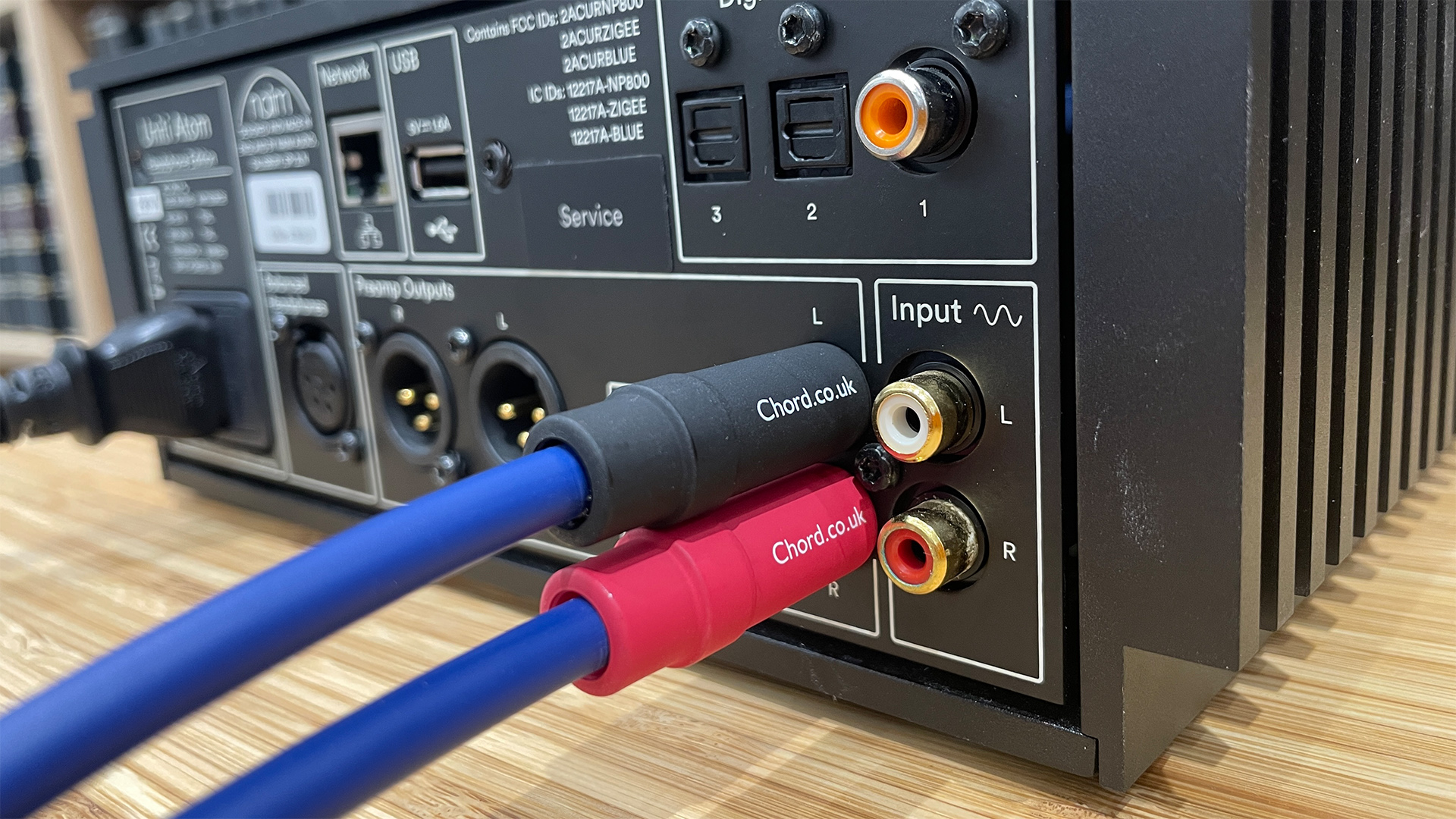
Just about every CD player will come with a pair of analogue cables in the box. It's best to consider these hook-ups as no more than a 'get started' measure. Even a budget player will sound better with some good interconnects, so arrange a demo and budget from around £30 ($50, AU$60) for a better pair. Or more, naturally, if your system is of the high-end variety.
Most machines have standard phono sockets for their analogue output, but some also have the option of balanced XLRs. These can give better sound quality, but not always. It all depends on how well the balanced circuitry has been designed in both the source and amplifier.
Unfortunately, the only way to tell is to try it. In most cases – outside of higher-end products – we’ve found the single-ended approach to perform better, with the balanced option generally just sounding louder.
The other very handy facility you should consider using is an optical or coaxial digital output. This allows the player to be connected to an outboard digital-to-analogue converter (DAC). It’s something to consider if you have a player that’s working well but you want to improve the sound. There are plenty of good DACs around, with the Cambridge Audio DacMagic 200M and Chord Mojo 2 as two excellent options at a modest price that could give a sonic uplift.
- See all our analogue interconnect reviews
How easy is it to operate?
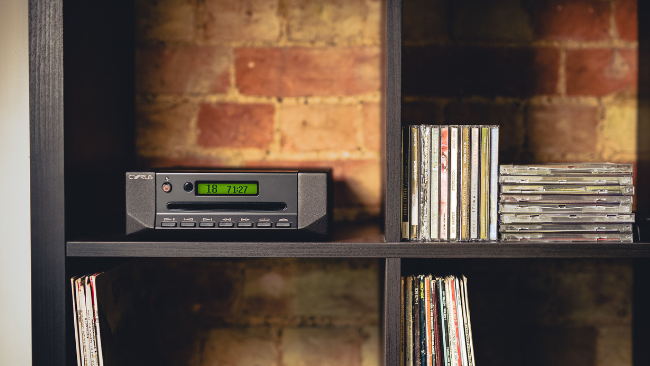
At its simplest, a CD player needs just one button to open and close the drawer, a couple to start and stop playback, and track-skip up/down controls. A headphone socket with its own volume control might come in handy for late-night listening.
CD players will come with a remote control as standard. The handset will let you access a range of functions – often including many that aren't available via the fascia buttons – and allow you to pause the music, skip tracks, programme a selection of tracks and so on. If you use an amplifier from the same brand, chances are the remote will 'drive' both amp and player.
Switch off the display
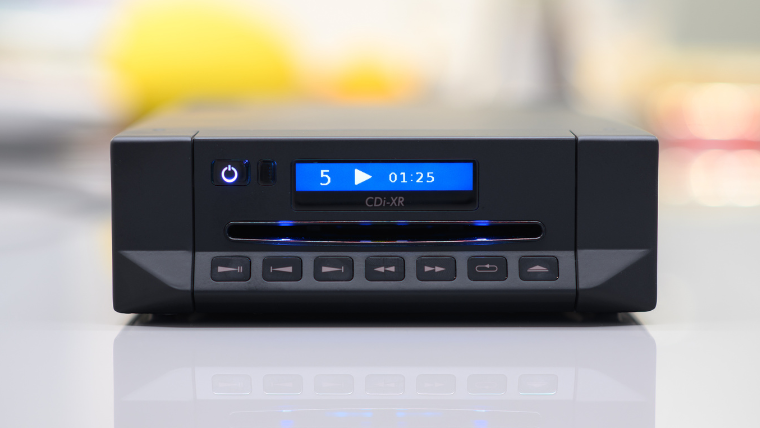
As well as letting you see which track's playing, some players show artist and title info when playing CDs with CD-Text. Strange as it may seem, it's not unusual for a player to sound better with its display turned off, as the display can create some electrical noise.
Perhaps even less obvious is the effect of switching off the digital outputs. This isn’t a particularly common feature – the Marantz CD6007 has it – but it can give a small but notable improvement in clarity and dynamics. You’ll only notice this if the rest of your system is transparent enough, though.
Filters and upsampling
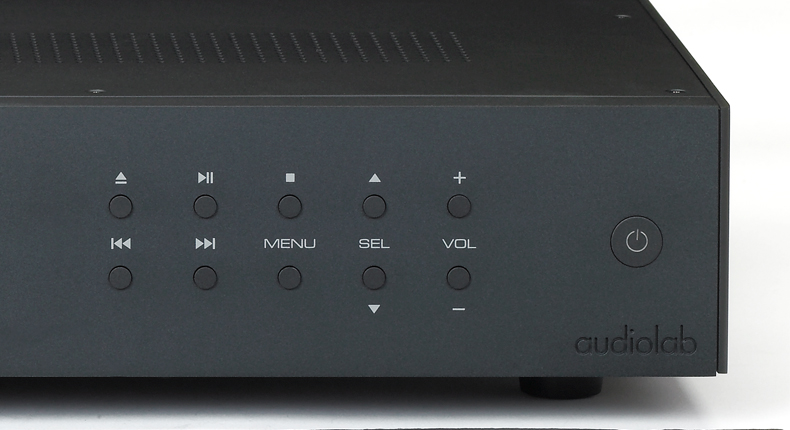
We’re seeing more and more machines that give the option of changing digital filter parameters. Audiolab is a big fan of this approach on both its CD players and DACs (such as the M-DAC+ and 8300CD), and the Award-winning Arcam CD5 also includes a choice of filters to choose from. It’s well worth playing around with these.
The default setting will usually be the best measuring filter, but you may well find one of the other options sounds better with your system at home. It’s well worth taking the time to experiment and find which flavour you prefer.
We’re less positive about the upsampling option on some players. If the implementation isn’t spot-on, you end up with a smoother, more refined sonic presentation, but one where the attack and sparkle in the music have been diluted.
Building the rest of your system
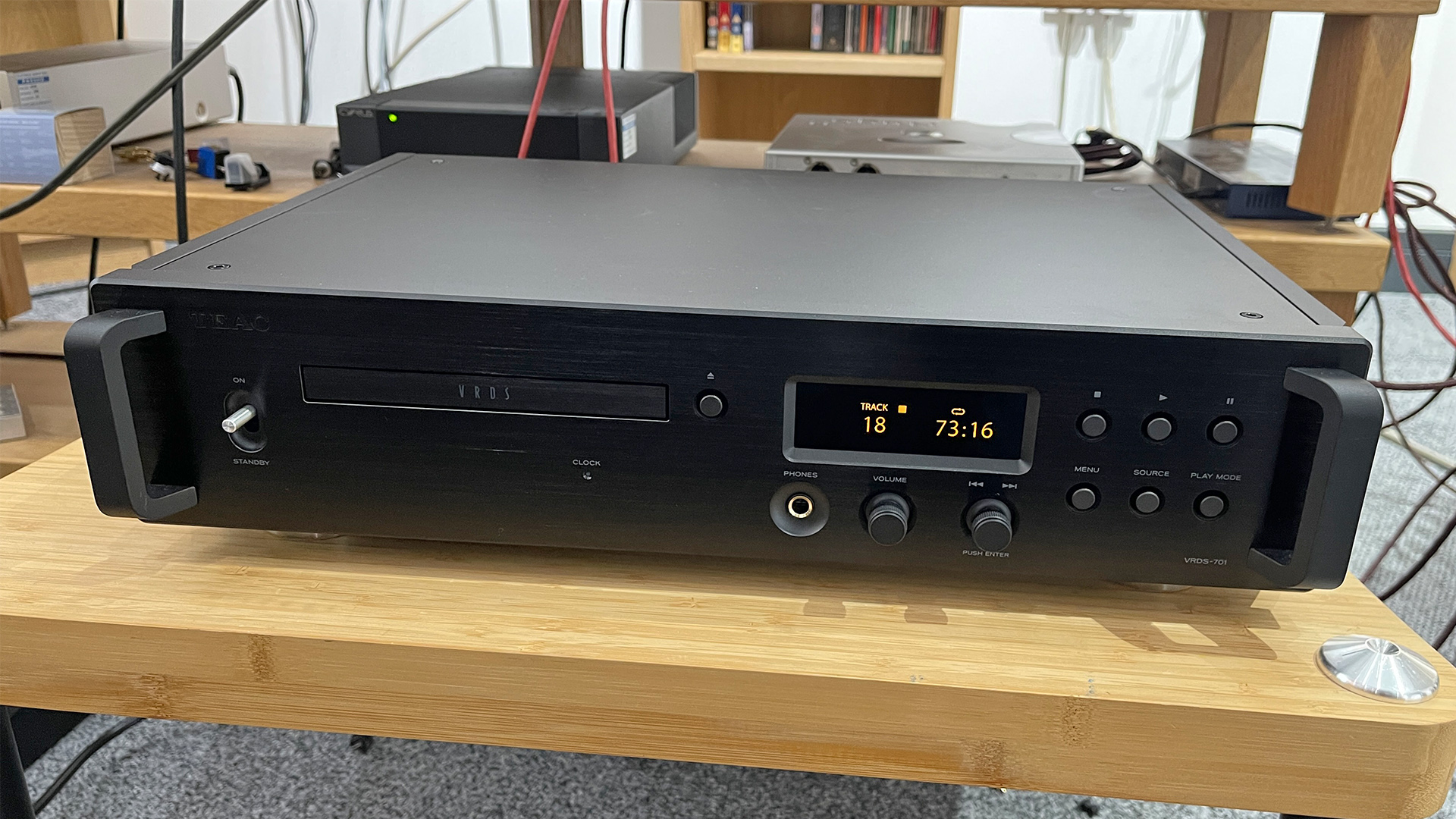
Just about any CD player will work with almost any amplifier – at least in electrical terms. Most players’ analogue outputs deliver around 2V, give or take a few microvolts, and that's just what the amp's line inputs expect to receive. If you're using a vintage amp built before the CD age you may have some issues, but a simple modification will sort them out.
One final note – a system can only sound as good as its weakest link allows. If the rest of the set-up is unbalanced or poorly set-up, any changes you make at the source end simply won’t be revealed.
Once you've got everything set up perfectly, all you need to do is kick back, pop in your favourite album (or try our pick of some of the best test tracks to trial your hi-fi system), and enjoy.
MORE:
Check out our guide to all the best CD players for every budget
We've built a great value CD player system that ticks all boxes and won't break the bank
Check out the best CD players of What Hi-Fi?'s lifetime
People are modding PS1 consoles to use as CD players, and I'm a big fan
Get the What Hi-Fi? Newsletter
The latest hi-fi, home cinema and tech news, reviews, buying advice and deals, direct to your inbox.

Ketan Bharadia is the Technical Editor of What Hi-Fi? He has been reviewing hi-fi, TV and home cinema equipment for almost three decades and has covered thousands of products over that time. Ketan works across the What Hi-Fi? brand including the website and magazine. His background is based in electronic and mechanical engineering.
-
Peter Bailey My CD player has both Optical and Coaxial outputs as well as the usual RCA analogue. I've found Coaxial to be superior to Optical. My receiver's CD inputs are Optical and HDMI (plus analogue). I'm not even bothering with DAC's as I feed the Coaxial output into the HDMI port and it sounds great. The DCT-37 UHD Audio Center allows me to insert the Coaxial signal into HDMI. It can upsample to 384kHz, but I've set it to BYPASS because of the statement "We’re less positive about the upsampling option on some players. If the implementation isn’t spot-on you end up with a smoother, more refined sonic presentation, but one where the attack and sparkle in the music have been diluted."Reply -
Rui in the 90´s i had much more money than today, basically i´m Portuguese and the ones who see from the outside talk a lot of good from places they stayed or it´s quality at confort and food quality and new ways of cooking the same ingredients that in Portugal in interior regions is more or less the same as it was in the late 70´s (real quality not comunity union quality), i should mention that i was lucky my family produced a lot of quality products for family comsumption while entire family´s still knocked at our door asking for old bread and Olive oil that was already used to fry fish but it made us to be the most knocked door by those hungry families ,the best quality around and still today it´s available to us ,all that is sold in big supermarkets is very low quality allthough looking good but it´s rare to buy there the main ingredients of our traditional food . I , being a fan of music in general since young age and when 10 i used to listen and read the two doble albums from the beatles the red and blue compilation bought in Spain , the records were only released in portugal after 4 years of i having them at home and listen to better bands american or english from my parents records in perfect condition ,but in the 90´s with money i was sick of looking to my high-end system from pioneer (the most expensive components in the 76 pioneer catalog) wanted a black with wood side panels components system and after owning the first cd player ever released by Sony in 87 i bought my first cd player from pioneer the PD-7300 allthough i used it till mid 90´s everyday and a heavy use it still works today .I bought a complete Sony ES system with the top-end models in 94 ,but the cd player i bought the pioneer PD-s803(or close) wich it can be noticed the improvement in sound for the model underneath this the S703 ,but never notice a magazine talking about this two models or the craziest thing i´ve ever done of spending a lot of money in a CEC cd player driven by belts , and because the sony es system was giving me problems i had to go and get my 76 component to substitute the new one to be repaired and when i received the new and repaired component it seems that the system would sound very bad this because i conect my spec-1 and spec-2 to my new ES system ,when re-conecting my integrated amplifier that was really good from sony i stayed sad ,because the sound of my 76 amp. and pre-amp. was much better in all senses ,but i stoped in 93 to buy vinil and in 98 i had already 895 cd´s that´s when i conected my old PLC-580 (not sure of the reference) that had a tonearm and cartridge and stylus personalized and from audio-technica and it was very expensive at the time ,even conected to my TA-F790ES (also not sure if the reference is this but close) i put two records live a siouxie and the banshes nocturne and one of the last lp´s i bought The Dream syndicate live at the rajii´s ,they played in my pioneer turntable from the mid 70´s or a bit newer or in my new from 94 thorens turntable(don´t remenber the reference now but equal to the fine arts "conesseur") ,the sound was amazing better than it´s cd versions this having bought the most expensive and powerfull speakers that cerwin-vega had in 94, nothing against digital i was also amazed with the DAT deck from sony i had bought , the funny thing is that the dream syndicate album live says in the back "recorded directelly into DAT " but i had later bought the cd ,because it had more musics and some i really like, not all songs from this band sound good to me but how cheap the cd sounded compared to the VINIL version and the nocturne in vinil is kind of perfect ,the cd horrible.Reply
Sorry, i was already warned by others that i get out of the topic in discussion or help asked for, this to say that i have a lot of friends that we grew up together and they have several diferent brands from mine ,like the arcam alpha 90´s amplifiers and cd players, they were the best, to me they sounded so bad also cambridge audio amps. were so horrible ,but i think i understand if one takes out every tone control and loudness or other important features in the building of an amplifier wich makes the sound real or rich and full of dynamic ,the measures become far superior to old perfect sounding amps. , no nothing compared to old amp.s and cd players the same , and the ones who called themselves Audiophiles, say ,"how bad ,it sounds . No efects ,we are suposed to hear what artists recorded in studio and with equalizers and efects one doesn´t listen to the real sound produced in studio,"that´s when i asked them if they used to listen to local bands playing in our city of several diferent styles of music " they would say ,they are bad not worse listening wich i replyed ,see you don´t even know how instruments sound and how many concerts you went to see in other main cities of american or europen bands ,they would reply "i saw sting and elton john also david bowie and the rolling stones " i would get a shop plastic bag and say here are the tickets from the concerts i saw(and arrived home) ,maybe all bands that played in Portugal since the 80´s till 2015 including portuguese bands ,famous and not famous since they started the same with foreign groups , and i like music ,i remenber seeing live Miles Davis with my aunt and duran duran when they released the first album ,also Iron maiden with judas priest ,in the piece of mind tour , also saw Sepultura with fudge tunnel in the same night i watched also new model army and at the end of the night after travelling 150km´s i would watch Loyd cole already without the commotions wich i saw all concerts from the band till they split. i also have a studio at home that my father assembled in 73 and improved each year and i still use it to record demos to the new bans that ask me to since 1987 when for the first time my father allowed me to use it ,thats what i showed to my audiophile friends after a discussion," see DBX equalizers a mixing table with endless efects speakers that reproduce all frequencies you can year, and you tell me that in studios they don´t use nothing and how bad your systems sound with flat listening", wich i do also but with a early 60´s amplifier that needs 30 minuts of warming up till i conect them to a cd player and only a volume knob ,and in mono but with two huge speakers that was given to me by my grandfather but tell me that cd is great ,well several cds i have sound perfect but rock bands using old instruments or anything recorded before 1995 doesn´t sound better in cd ,with exceptions off course , cd is good but analog peaked and digital already developed a lot but far from the peak . Just my opinion others might know better
